Need advice for 50-watt recessed lighting in the kitchen
mystiky
12 years ago
Related Stories
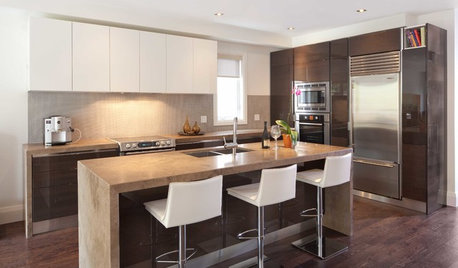
LIGHTINGGet Your Home's Recessed Lighting Right
Learn the formula for how much light a room needs plus how to space downlights, use dimmers and more
Full Story
KITCHEN DESIGNSmart Investments in Kitchen Cabinetry — a Realtor's Advice
Get expert info on what cabinet features are worth the money, for both you and potential buyers of your home
Full Story
REMODELING GUIDESContractor Tips: Advice for Laundry Room Design
Thinking ahead when installing or moving a washer and dryer can prevent frustration and damage down the road
Full Story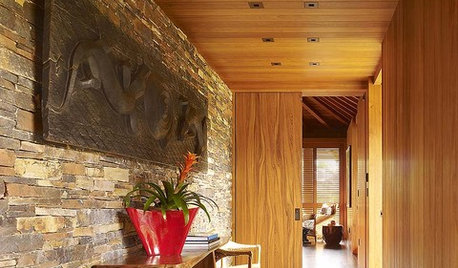
LIGHTINGRecessed Lighting 101
Looking to brighten a drab, dim space? Recessed lighting may be your answer. Here's what you need to know
Full Story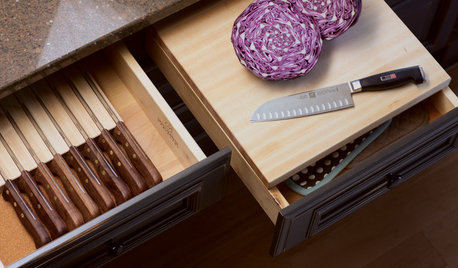
KITCHEN STORAGEKnife Shopping and Storage: Advice From a Kitchen Pro
Get your kitchen holiday ready by choosing the right knives and storing them safely and efficiently
Full Story
DECORATING GUIDES10 Design Tips Learned From the Worst Advice Ever
If these Houzzers’ tales don’t bolster the courage of your design convictions, nothing will
Full Story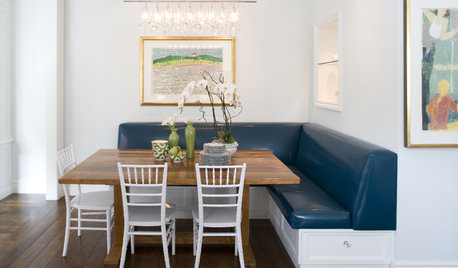
Straight-Up Advice for Corner Spaces
Neglected corners in the home waste valuable space. Here's how to put those overlooked spots to good use
Full Story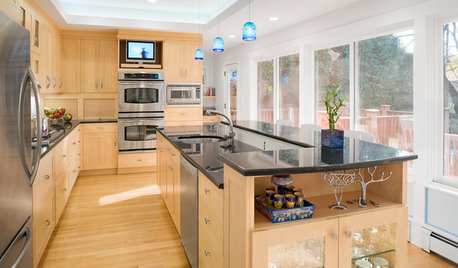
UNIVERSAL DESIGNHow to Light a Kitchen for Older Eyes and Better Beauty
Include the right kinds of light in your kitchen's universal design plan to make it more workable and visually pleasing for all
Full Story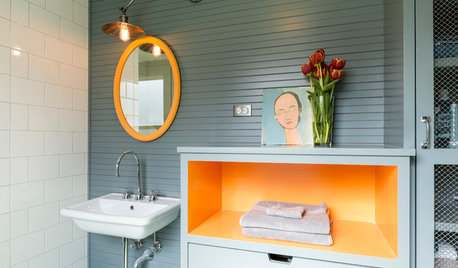
COLOR PALETTESRecessive Color: 8 Eye-Catching Niches, Nooks and Crannies
Create a focal point with a small chunk of a big hue
Full Story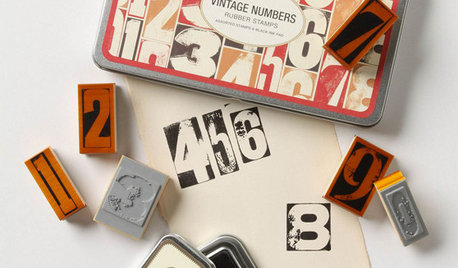
50 Great Gifts Under $50
Our favorite budget-minded holiday gifts for the design lovers on your list
Full StoryMore Discussions






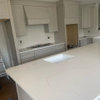
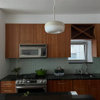
David
lee676
Related Professionals
Santa Barbara Lighting · San Diego Furniture & Accessories · Ventura Furniture & Accessories · Fillmore Furniture & Accessories · Fountainebleau Furniture & Accessories · Westport Furniture & Accessories · Clive Furniture & Accessories · North Bellmore Furniture & Accessories · Ridgewood Furniture & Accessories · Billerica Decks, Patios & Outdoor Enclosures · Dedham Decks, Patios & Outdoor Enclosures · Des Moines Decks, Patios & Outdoor Enclosures · Framingham Decks, Patios & Outdoor Enclosures · La Palma Decks, Patios & Outdoor Enclosures · Palmetto Decks, Patios & Outdoor Enclosurescruzineve
greencleaning